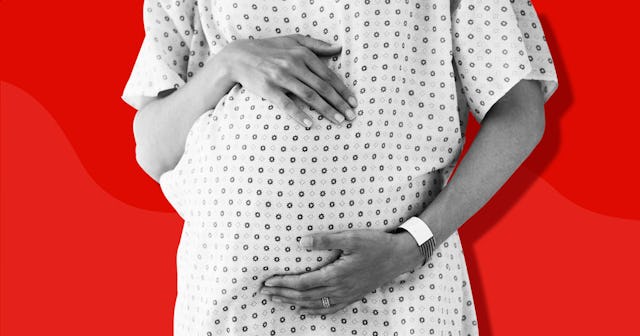CDC Releases Damning Report: Most American Maternal Deaths Are Preventable

The United States is failing new mothers — 60% of pregnancy-related deaths are preventable
According to a new report from the Center for Disease Control and Prevention, most pregnancy-related maternal deaths are fully preventable. Pregnancy doesn’t just end once the baby is delivered, because American women are dying at an “alarmingly high” rate up to one year after giving birth.
The CDC says approximately 60% of pregnancy-related deaths are preventable — an average of 700 women die each year from complications of pregnancy. The CDC classifies a pregnancy-related death as one that can occur during pregnancy, at delivery, and even up to a year postpartum.
The report finds that heart disease and stroke caused more than 1 in 3 deaths (34%). Other leading causes of death included infections and severe bleeding. Black and American Indian/Alaska Native women were about three times more likely to die from a pregnancy-related issue versus white women.
Center for Disease Control and Prevention
What’s to blame for this astonishingly high maternal death rate in 2019? Lack of healthcare access, incorrect or missed diagnoses, and overlooked warning signs. “Every death reflects a web of missed opportunities,” the CDC report says.
Obstetric emergencies like severe bleeding and amniotic fluid embolism (when amniotic fluid enters a mother’s bloodstream) are the main cause of deaths at delivery. In the week post-birth, severe bleeding, high blood pressure, and infection are the most common factors in maternal death. Cardiomyopathy (weakened heart muscle) causes the most deaths up to one year post-delivery.
The CDC suggests healthcare providers help patients manage chronic conditions, communicate with patients about warning signs for all of the aforementioned health issues, and create a system to flag warning signs early so mothers can receive timely treatment. Prenatal and postpartum care need to be accessible and adequate for every need, and primary care doctors and other non-OBGYN specialists need to be trained to consider recent pregnancy history during treatment practices.
Center for Disease Control and Prevention
Since the current systems in place across the United States are failing mothers so badly, the onus is, unfortunately, on us to be our best advocate. Even though it shouldn’t be, because being a mother in this country already means being stretched thin and thinking of yourself dead-last. But we can do our part by learning about the complications of delivery and understanding the symptoms of each of these huge factors in maternal health.
Over the past twenty years, the U.S. maternal mortality rate has doubled, making it the only developed nation in the world with an increasing maternal mortality rate. In addition to the CDC findings, lack of postpartum support and paid leave is very likely a contributing factor. One-quarter of new moms in the U.S. return to work within two weeks of giving birth. Many new mothers simply can’t afford to take more time off work when their employer doesn’t provide a way for them to be paid while not working.
“We are the only high-income country in the world without paid maternity leave,” Alison Stuebe, a maternal-fetal medicine physician and the medical director of lactation services at University of North Carolina Health Care, tells HuffPost. “Moms are dying in America because we don’t take care of them.”